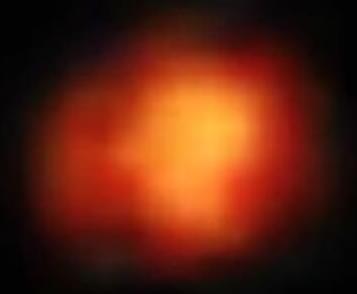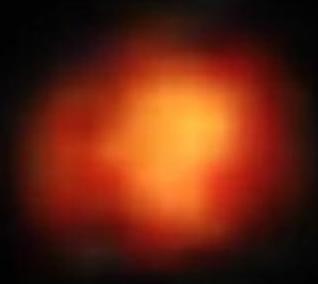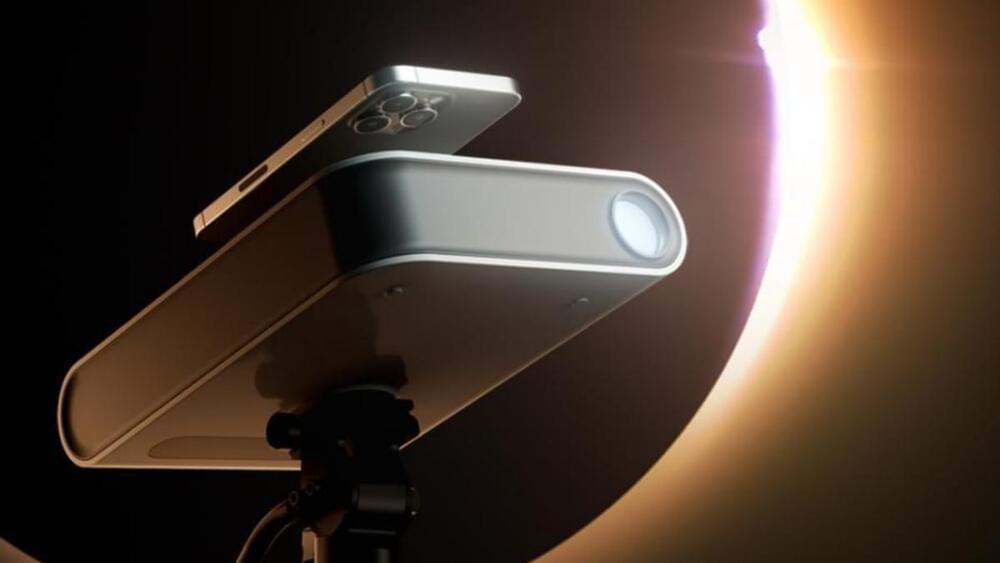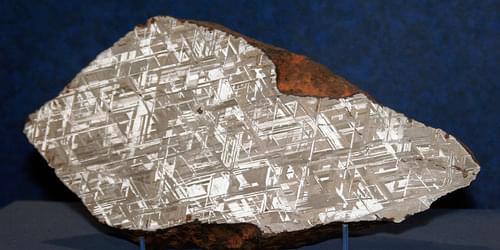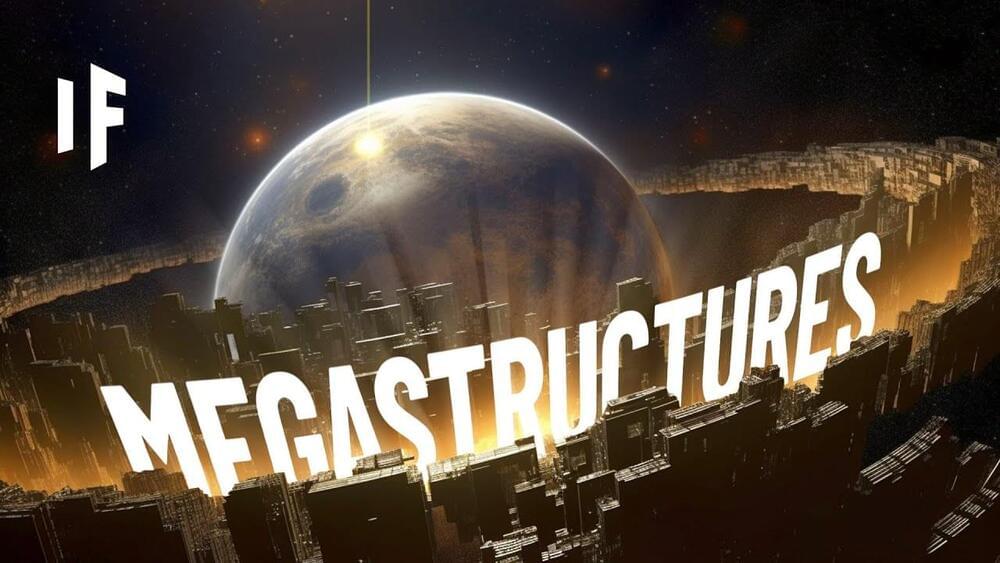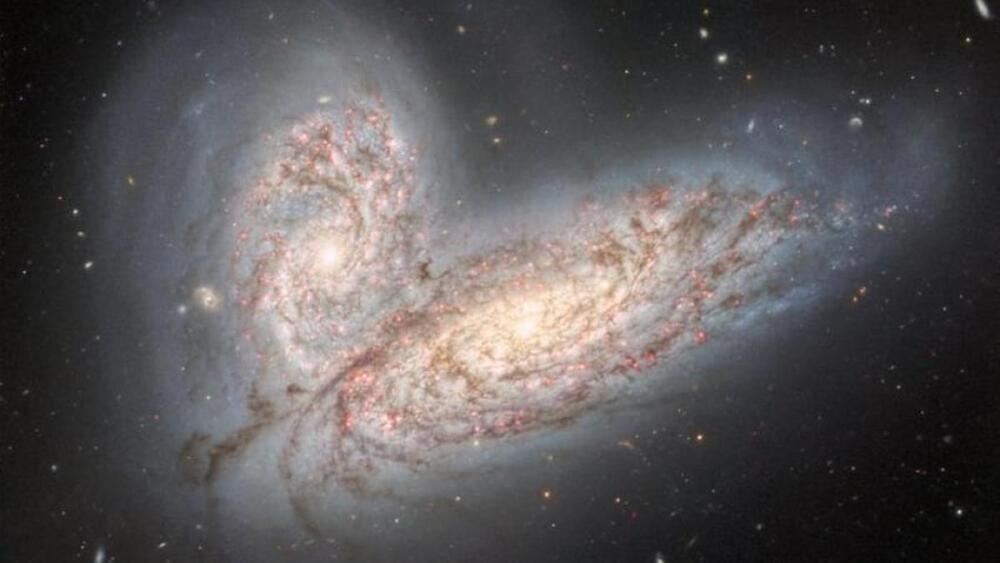The universe’s age when Maise’s galaxy was seen by the James Webb Space Telescope has been confirmed, showing it to be one of the earliest galaxies ever observed, and the only one named after a 9-year.
Category: space – Page 258
WASHINGTON — Artificial intelligence startup Wallaroo Labs won a $1.5 million contract from the U.S. Space Force to continue the development of machine learning models for edge computers in orbit.
The New York-based company, known as Wallaroo.ai, is partnered with New Mexico State University for the Small Business Technology Transfer Phase 2 contract, announced Aug. 15. The team last year won a Phase 1 award.
Wallaroo.ai created a software platform that helps businesses assess the performance of AI applications when deployed on edge computers.
Seattle-based Integrate says it has raised $3.4 million in funding and secured a $1.25 million contract from the U.S. Space Force to boost its program management software platform into a higher orbit.
The year-old startup has also brought Firefly Aerospace on board as a customer.
“It has been a busy and exhilarating month,” John Conafay, CEO and co-founder of Integrate, said today in a news release.
The dome is varnished matte black and shaped somewhere between an oversized eco-chic lampshade and a fifth grader’s diorama of a volcano—all pudgy curves and asymmetric slopes. Underneath sits a small table, almost a stool, made of the same amorphous material. The table is fitted with a brass fixture loosely reminiscent of a guitar but (so the adjacent panel tells me) is actually a replica of the 17th-century microscope designed by Dutch scientist Antonie van Leeuwenhoek—a nod to the father of microscopy.
From a speaker concealed in the dome, a voice intones:
In the midst of a global pandemic, on the eve of an irreversible climate emergency, and in the early, thrilling decades of a biotech revolution, the human race began to question its relationship to the natural world. For many years, scientists believed life to be a competition, one that humanity must win… But as biologists learned more about living systems, it became undeniable that interdependence was key to understanding life on Earth.
During the first 500 million years of cosmic history, the first stars and galaxies formed, seeding the Universe with heavy elements and eventually reionizing the intergalactic medium.
A “living asteroid” – or sea star – is lurking off the coast of southern Australia, in waters 3,850 metres deep.
It’s the deepest known occurrence of a sea star in the continent’s waters, and also a brand-new species.
The sea star, dubbed Poraniomorpha tartarus, was collected in a 2017 ocean expedition led by the Museums Victoria Research Institute.
Further boosting this ethos of accessibility is the fact that Hestia will be compatible with both iOS and Android phones. Dupuy pointed out that even a smartphone that is around five years old will work with Hestia for taking images of the sun and the moon, but to see more deep field objects like nebulas, a more recent and more sensitive smartphone such as an iPhone 12 or 13 may be required.
Vaonis, launched in 2016, is no stranger to introducing astronomy equipment via a Kickstarter campaign. In 2020 they successfully launched the Vespera smart telescope after a fund-raising program. The difference between Hestia and previous projects is this smartphone telescope project is much more affordable.
“It was possible to better in terms of price,” Dupuy said. “We wanted to use all the image processing experience we have gained to develop an app and to create a very affordable new product.”
How Metal Meteorites Magnetize
Posted in space
For a metal meteorite to retain a magnetic field, its parent asteroid may need a cold rubble core to help drive an internal dynamo.
Want to make high quality Shorts in 1 click using AI like we do? Sign up for Opus Clip for FREE and start clipping your content right away: https://www.opus…
A century-old mystery of how galaxies change shapes has been solved by considering “survival of the fittest” collisions between cosmic titans.
